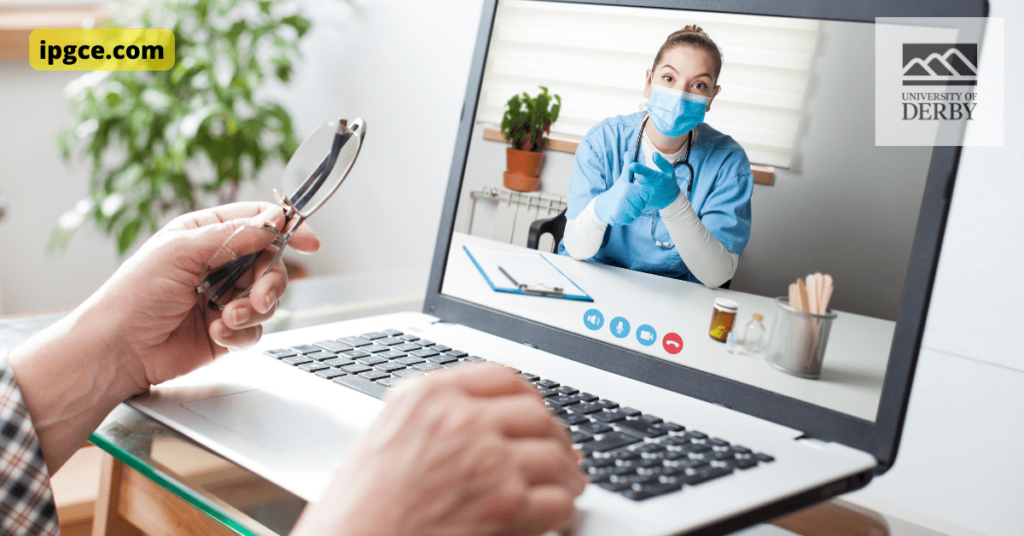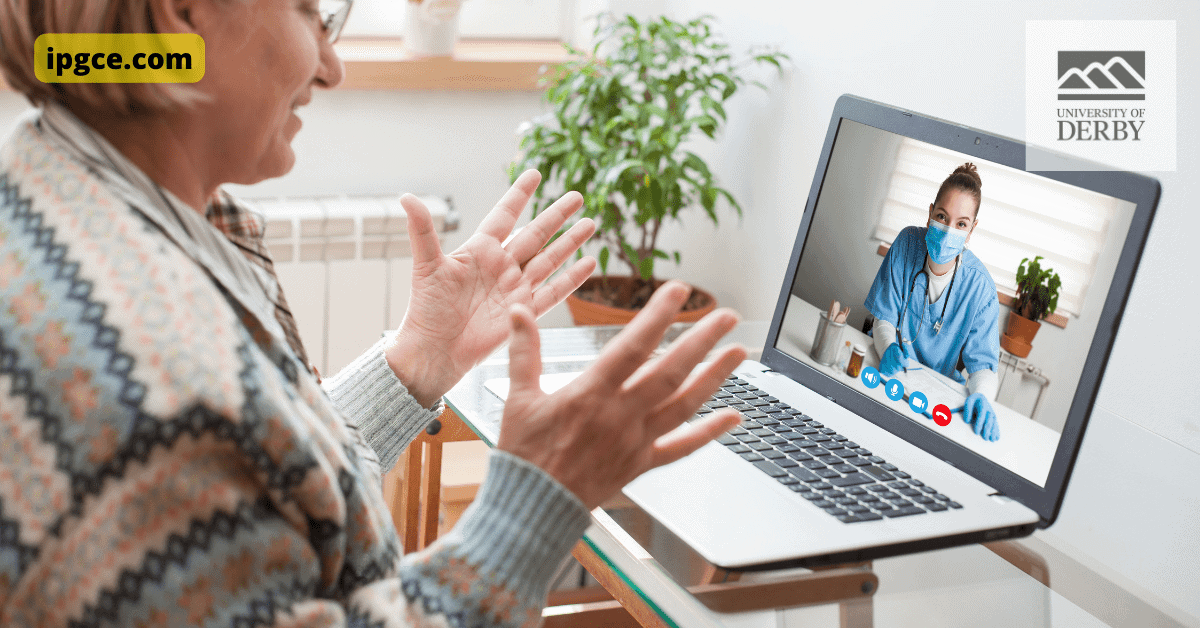In our modern world, technology has created opportunities for us to connect in ways that were once impossible. We can now work remotely, shop online, and even receive medical care without leaving our homes.
From the perspective of a medical provider, this technology can be a godsend. It allows us to reach patients who might otherwise have difficulty accessing care, and it can help us provide care more efficiently.
However, there are also potential drawbacks to this type of care. One of the most significant concerns is the lack of personal interaction. When we meet with our patients face-to-face, we can build relationships and gain a deeper understanding of their needs. This is much more difficult to do when communicating through a screen.
There is also the risk of missing some medical conditions when patients are only seen via telemedicine. This is because many physical cues can be overlooked when we cannot perform a physical examination.
Overall, telemedicine can be a valuable tool for both patients and providers. However, it is important to consider the potential drawbacks before deciding to use this type of care.
Danielle Ofri is a physician in New York City and the editor of Bellevue Literary Review. Her newest book is When We Do Harm: A Doctor Confronts Medical Error.
For many people, this is a huge convenience. But for some, it can also be a barrier to receiving the care they need.
Take my patient who recently missed a day of work to see me at the clinic. If she had been able to see me via a televisittelevision, she could have saved herself two hours of travel time and the missed day of work.
Of course, there are downsides to providing medical care via the screen. There’s the risk of miscommunication, for one. And for some patients, the impersonal nature of a screen can be off-putting.
But on balance, I believe that the benefits of television outweigh the risks. They provide us with an opportunity to serve our patients in a way that is convenient for them and still maintain the high quality of care that they expect and deserve.
There are many advantages of having a face-to-face meeting with a physician, but so are the benefits of using technology to provide care. We must carefully consider both sides before deciding which type of care is best for our patients.
What do you think? Is television a good way to provide medical care? Or are they a potential detriment to the doctor-patient relationship? Share your thoughts in the comments below.
For more news on international education, politics, socio-economics, etc. , follow us on IPGCE and WeChat.
Meet Our Successful Graduates: Learn how our courses have propelled graduates into rewarding
careers. Explore their success stories here!
Discover More About Your Future: Interested in advancing your teaching career? Explore our
IPGCE, MA, and QTS courses today!

Explore Our Courses: Ready to take the next
step in your education journey? View our
comprehensive course offerings now!



